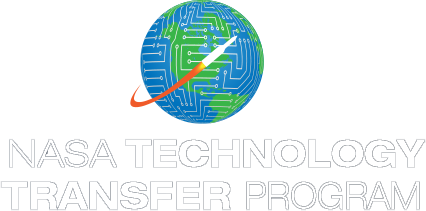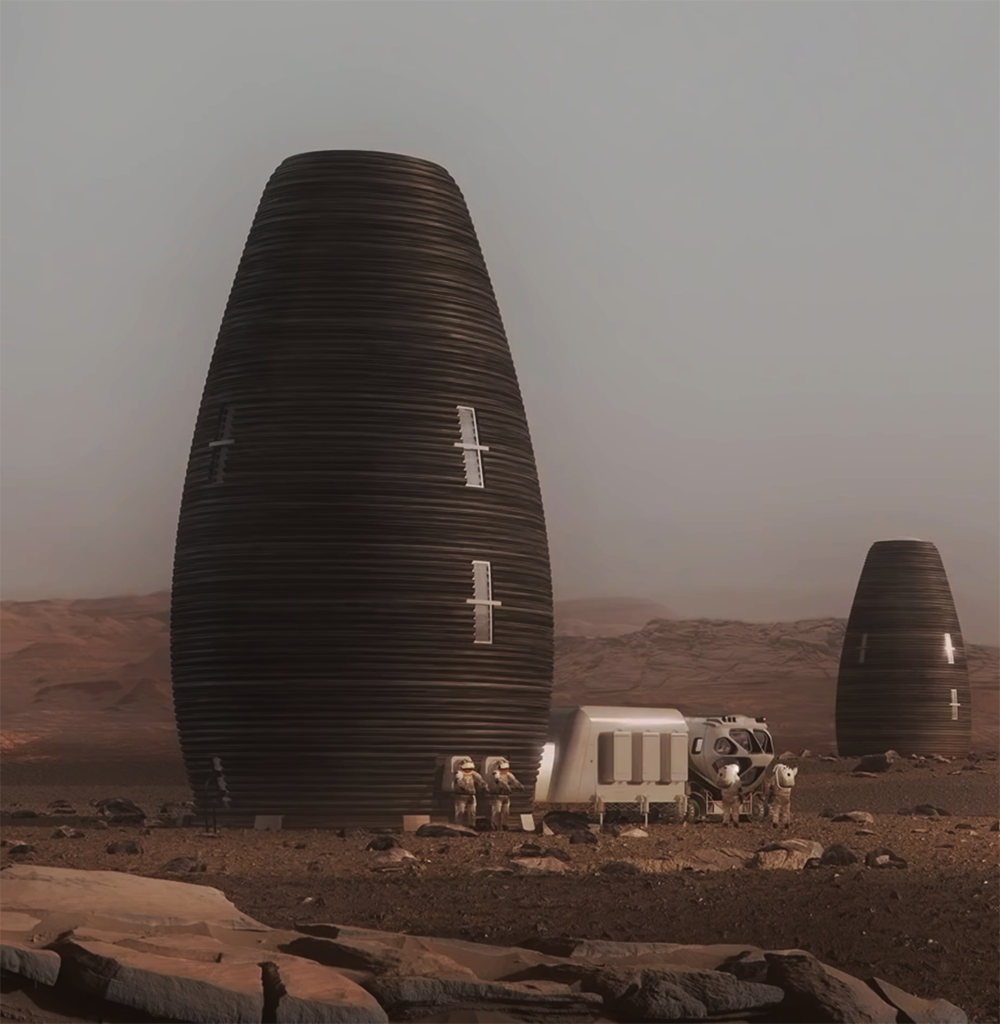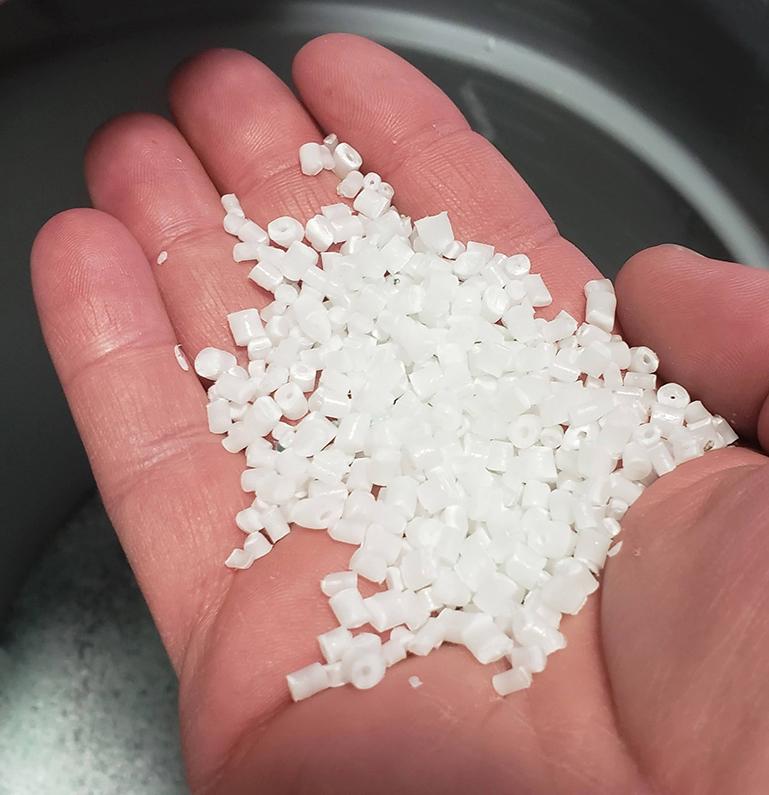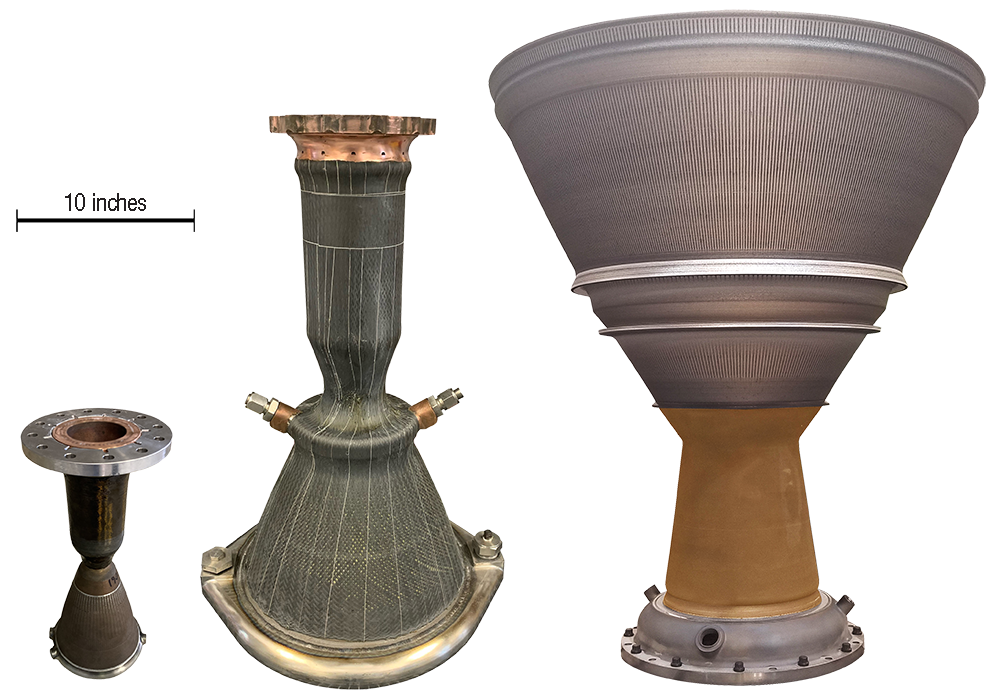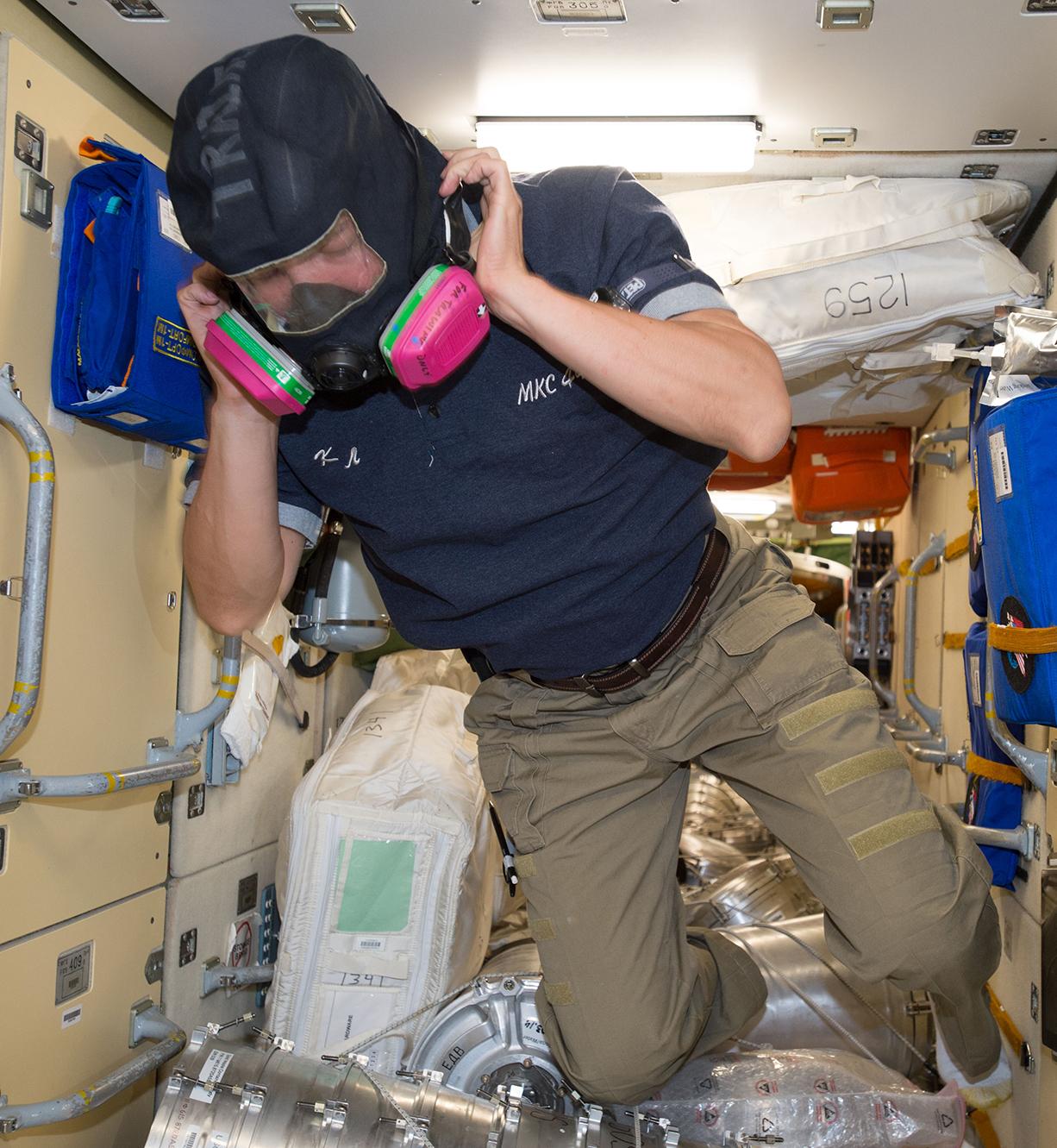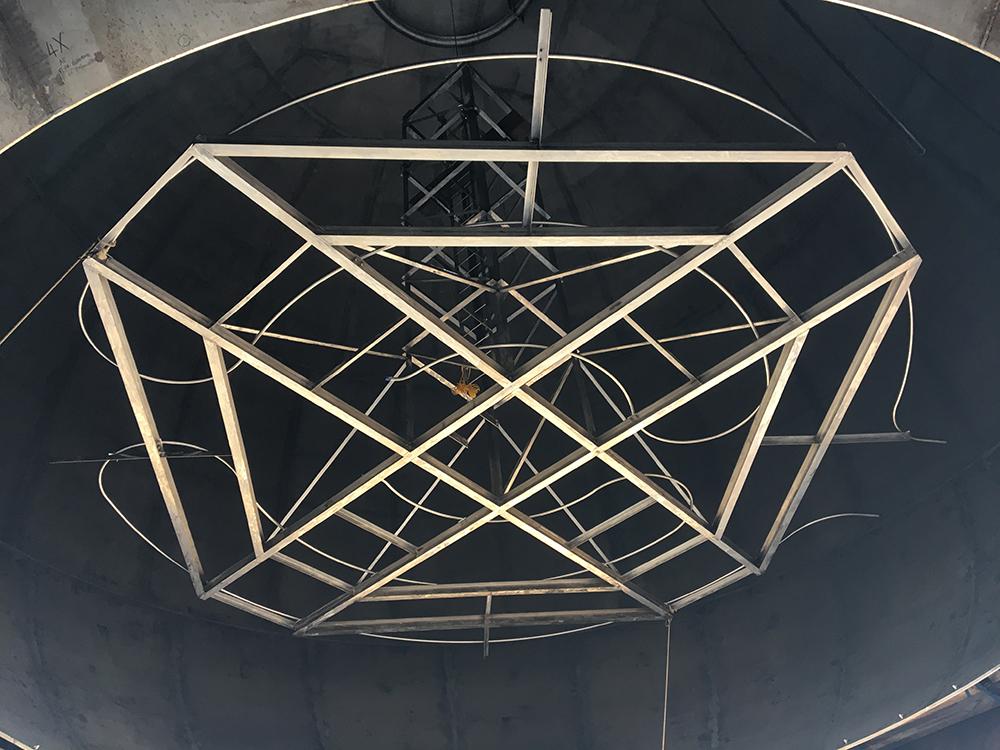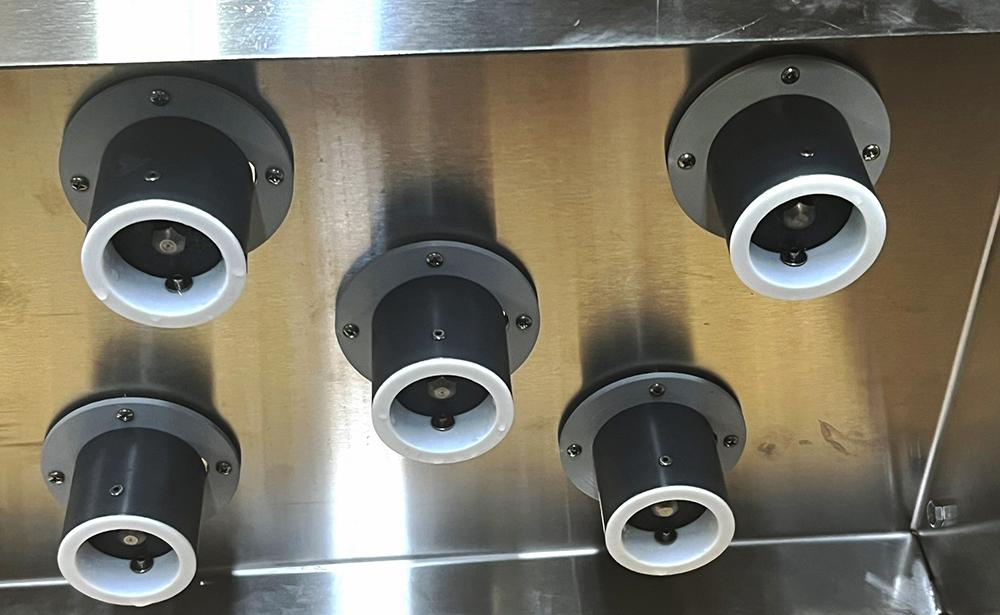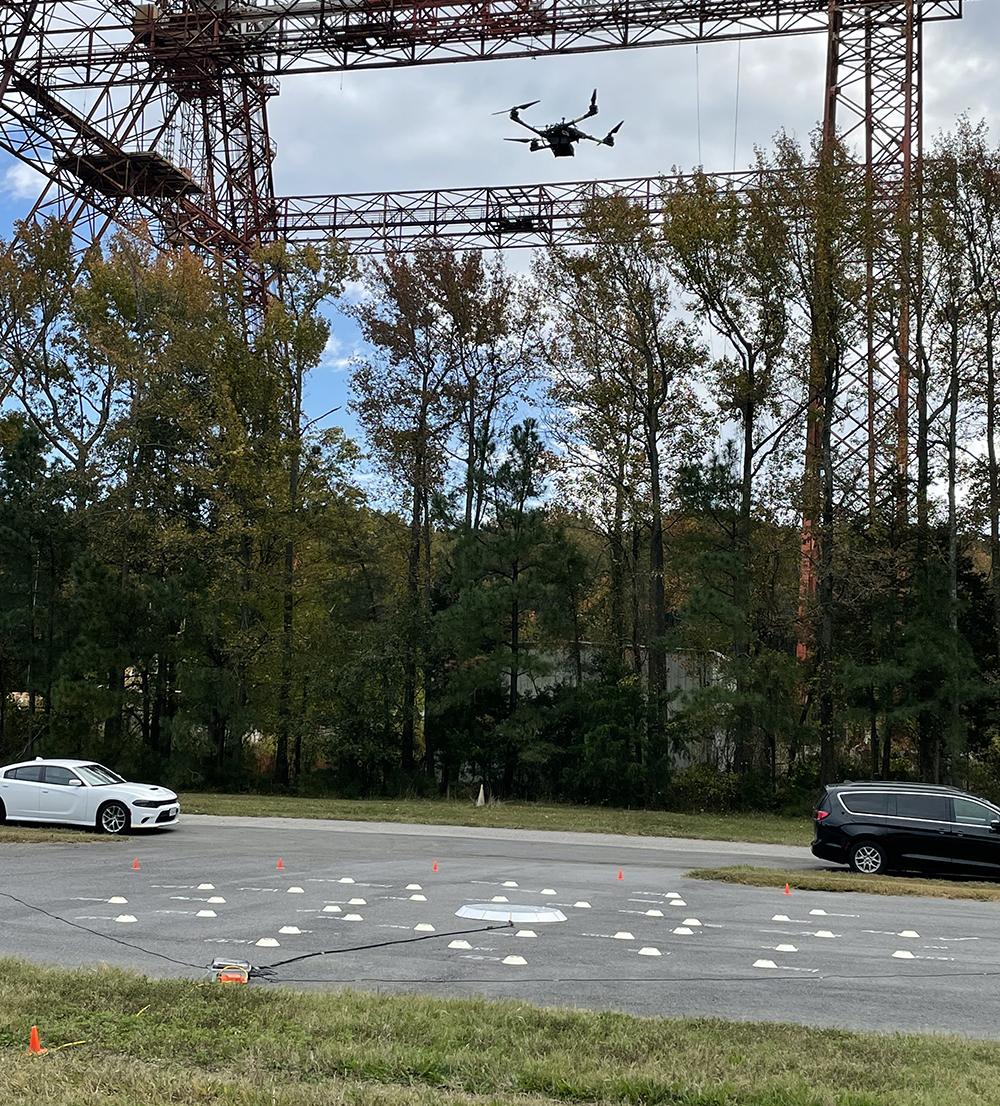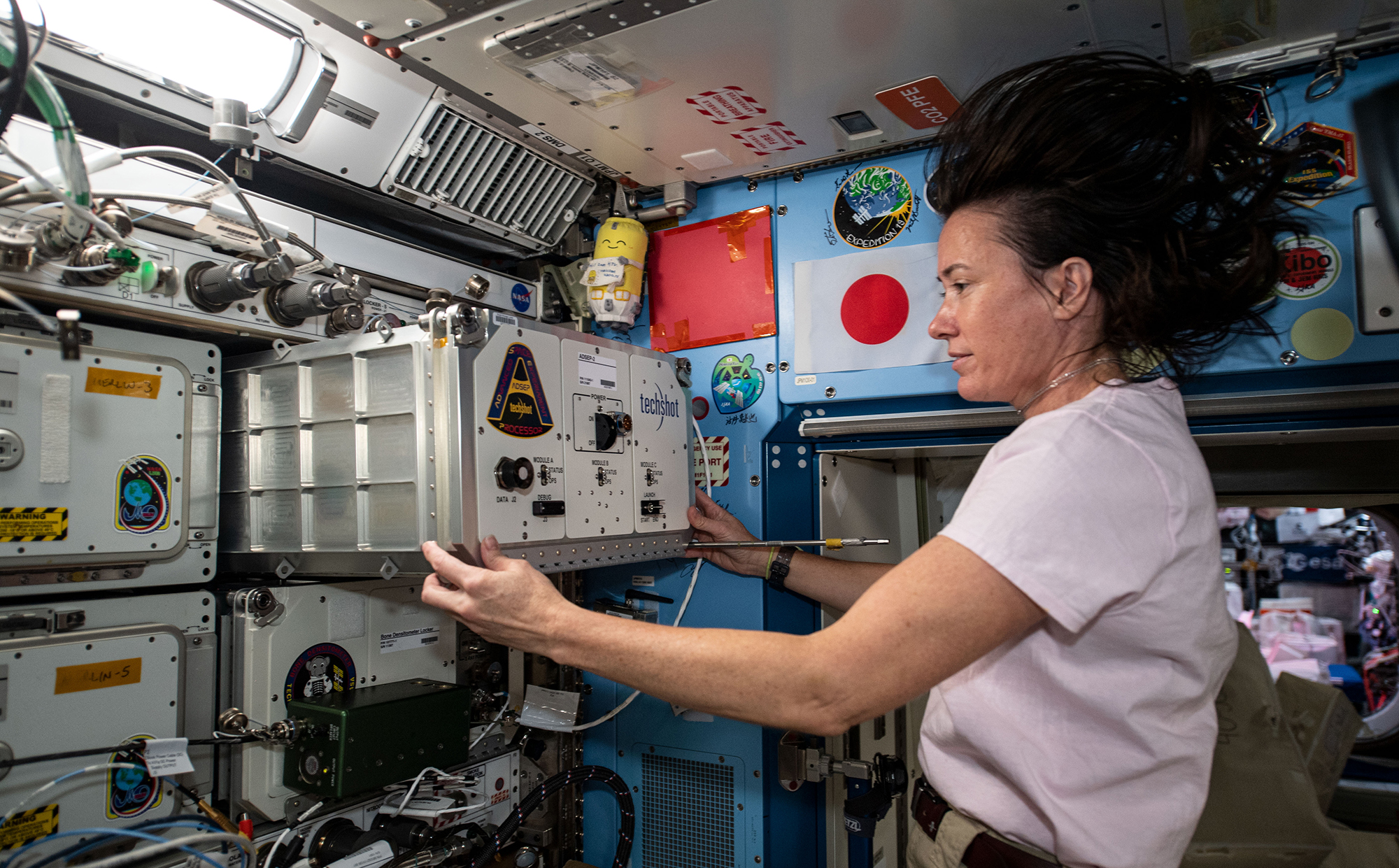
Out-of-This-World Organs
Subheadline
Commercial spaceborne research platform grows drug crystals, human tissue, more
Recent successes in cultivating human heart tissue, knee cartilage, and pharmaceutical crystals in space have relied on technology that was initially developed decades ago with support from NASA.
The Redwire Advanced Space Experiment Processor, or ADSEP, is a locker system currently on the International Space Station that houses removable cassettes containing individually designed science experiments with unique capabilities. Companies, research institutions, and government agencies pay Redwire, directly or indirectly, for use of the platform to carry out experiments in space. The cassette-based science capabilities have become increasingly sophisticated over the years, and the ADSEP unit itself has also evolved, with the latest iteration of the system, ADSEP-4, scheduled to launch in 2024.
“It’s a multi-purpose processor of mini laboratories based in these cassettes,” said Rich Boling, who works on in-space manufacturing for Redwire Corp., which is headquartered in Jacksonville, Florida.
“ADSEP has been around since the 1990s, and it’s still a workhorse,” Boling said. “It’s at the center of many things that we do.”
In the last few years, Redwire has announced a series of space-based biomedical achievements, including the first bioprinted human meniscus created in space. The knee cartilage cells were printed for the Uniformed Services University’s biomedical research, which explores new technologies for the U.S. Army Walter Reed Medical Hospital.
Meniscus tears are among the most common injuries for U.S. military personnel, frequently occurring both in combat and training. Current treatments include cutting away shredded or damaged cartilage and suturing what remains. The ability to introduce new meniscus tissue could be a game changer for both military and civilian patients.
Why Print in Space
Gravity is a significant obstacle to bioprinting cells and growing human tissue on Earth. Heavier components settle to the bottom of petri dishes, so scientists have to add chemicals and “crosslinking” ingredients that have damaging and sometimes lethal side-effects on cells.
“You can make something on Earth that looks like a heart, for example, but it won’t function like one,” Boling said.
“In space the great news is you can print thick constructs, and each cell layer stays where you want it,” he said. “The problem is you can’t bring it back down to Earth right away because then you’re back to that puddle you would get if you did it all on Earth.”
That’s where ADSEP comes in. The meniscus Redwire grew aboard the space station for the Uniformed Services University was then cultured for two weeks in a cassette stored in an ADSEP locker.
Redwire maintains two ADSEP units aboard the space station, one dedicated to conditioning and culturing tissue from cells printed by the company’s bioprinter, while the other runs a variety of experiments, including drug crystallizations.
Typically, crew will put an ADSEP cassette that houses a bioreactor, camera, and microscope directly into the bioprinter on the space station.
“Then they float off and do other things they need to do,” Boling said of the astronauts.
At this point, Redwire staff back on Earth take charge, commanding the printer to print cells into the ADSEP container with the lid off. “We talk directly to the astronauts, and we control our own machinery in real time,” he said.
Once the cells are printed, Redwire asks space station crew to put the lid back on the bioreactor cassette and install it into the ADSEP locker. This is where the assemblage of cells becomes tissue.
A Series of Successes
Redwire announced in May it had printed and grown the first live human heart tissue sample in space using ADSEP, a demonstration ordered by the company’s own scientists, not an outside customer.
Like human tissue, pharmaceutical crystals also grow more uniformly in the absence of gravity, and Redwire has worked with companies including drug giant Eli Lilly and Company to grow active ingredients using ADSEP.
Many medications, including aspirin and antihistamines, are formulated as crystals using solid-state chemistry. Cultivating them in space using ADSEP enables even more precision in the formulation of these crystals, and they can be monitored throughout the process.
“We’ve been watching video inside cassettes on the space station to see drug crystallization in real time,” Boling said. The ultimate goal is to produce small seed batches of new or improved drugs in their optimal crystalline form and then return those to Earth to enable batch-size production in the drug manufacturer’s factory while maintaining the microgravity form.
In addition to designing experiments for the space station lockers, Redwire has also sold full ADSEP systems, including to Sierra Space for its inflatable space habitat.
History of ADSEP
The ADSEP locker was initially developed by Techshot Inc. with Small Business Innovation Research, or SBIR, funding. Techshot went on to develop new capabilities and more sophisticated cassettes for the locker before being acquired by Redwire, where the research continues.
Redwire itself has received additional NASA funding to further develop ADSEP, which is also part of the company’s indefinite delivery/indefinite quantity contract with the space agency. Redwire hosts NASA’s experiments through a Space Act Agreement.
ADSEP first flew in 1996 on space shuttle mission STS-77, when the device’s acronym stood for Advanced Separation Process for Organic Materials, instead of Advanced Space Experiment Processor.
The system had “a moment in the sun,” as Boling put it, in 1998, when astronaut and U.S. Senator John Glenn handled cassettes during his return to space at the age of 77. Glenn was impressed enough by ADSEP that he mentioned the locker by name in his memoir a few years later, describing how he facilitated an experiment to produce genetically engineered hemoglobin.
ADSEP’s in-space production technologies are likely to contribute to the development of the low-Earth orbit economy, according to NASA’s Kevin Engelbert, who has managed the space agency’s funding contracts for ADSEP development from the Johnson Space Center
in Houston.
“The Redwire ADSEP facility has been very effective in supporting scientific research on the space station for a number of years now,” he said, noting that it has evolved as new customer requirements have emerged.
Redwire’s Boling said, “It’s an iterative process that has responded with the market pull of each era.”
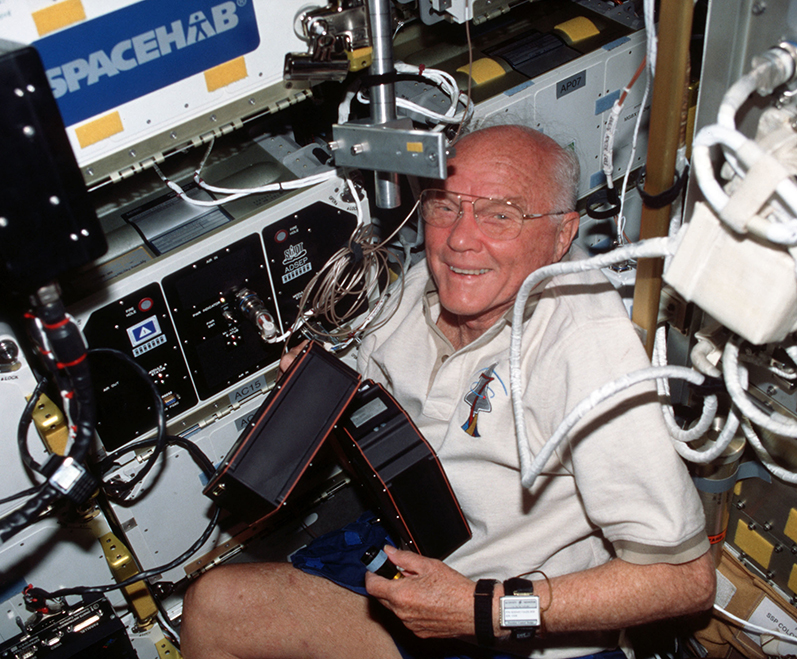
Legendary astronaut and U.S. Senator John Glenn facilitates ADSEP experiments on a space shuttle Discovery mission in 1998. Glenn was impressed enough by the device and the experiments it enabled to mention them in his memoir a few years later. Credit: NASA
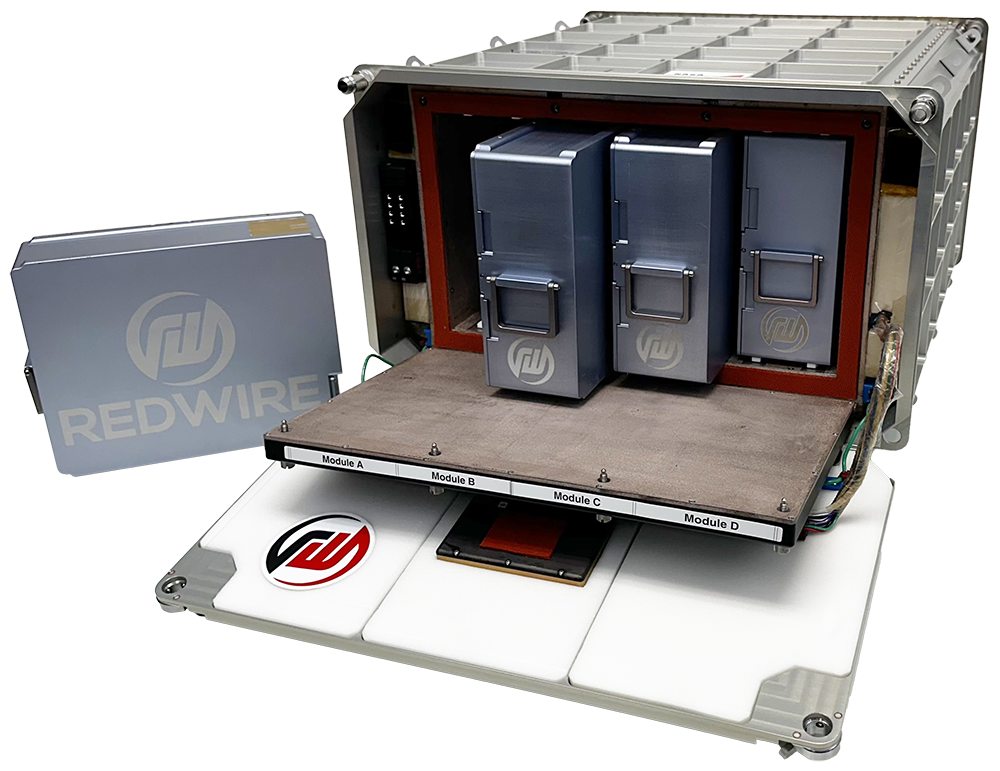
Redwire’s latest iteration of the device, ADSEP-4, pictured here, is slated to launch in 2024. Credit: Redwire Corp.

NASA astronaut Megan McArthur installs a new Advanced Space Experiment Processor (ADSEP) experiment locker on the International Space Station in this photo from 2021. The cassettes it holds have unique capabilities designed around specific experiments, which have included bioprinting human tissue. Credit: NASA

